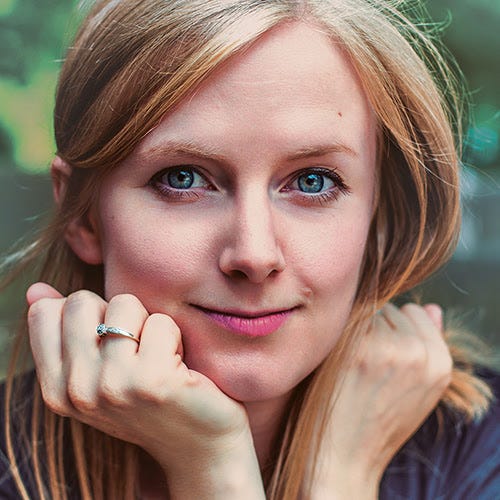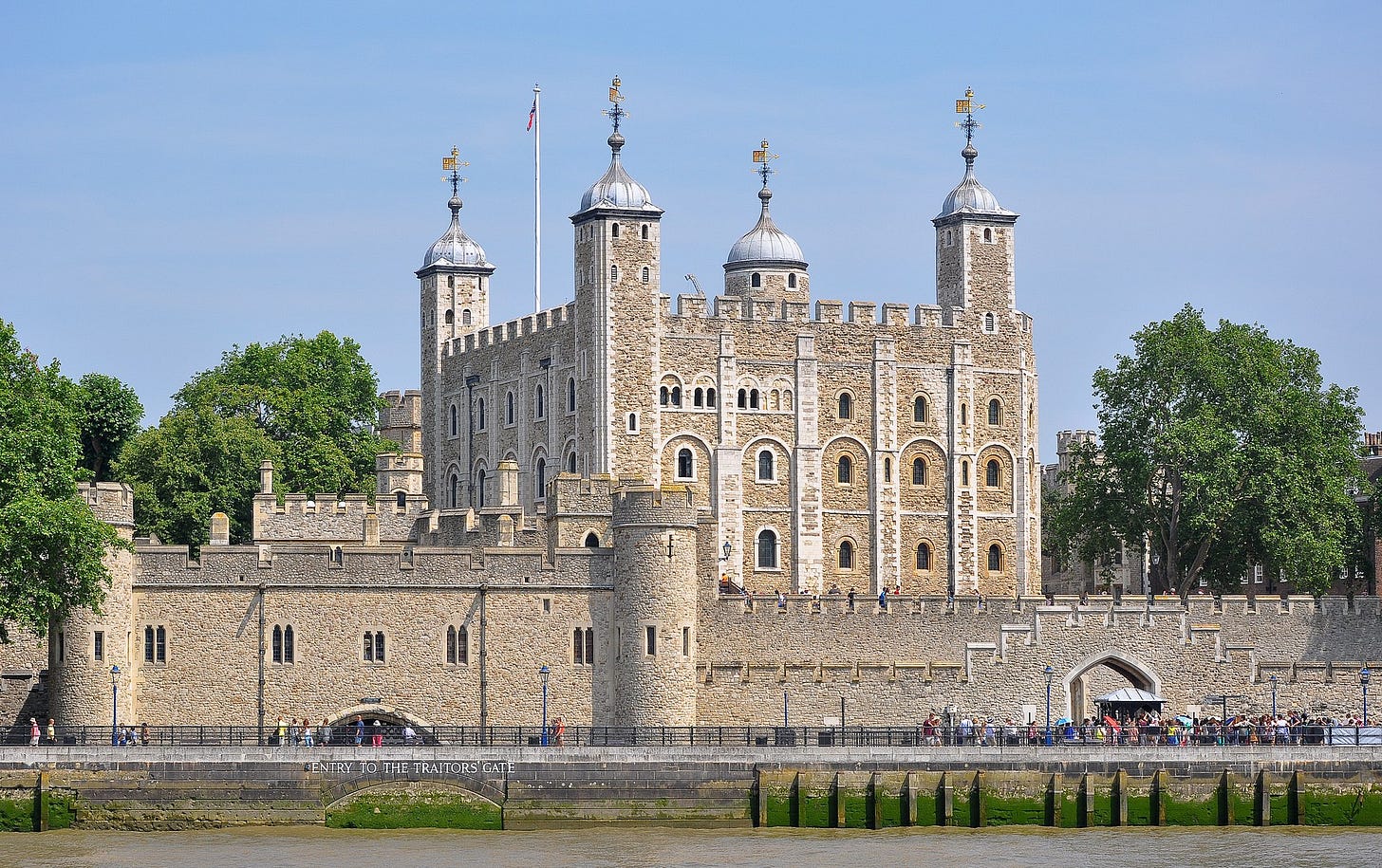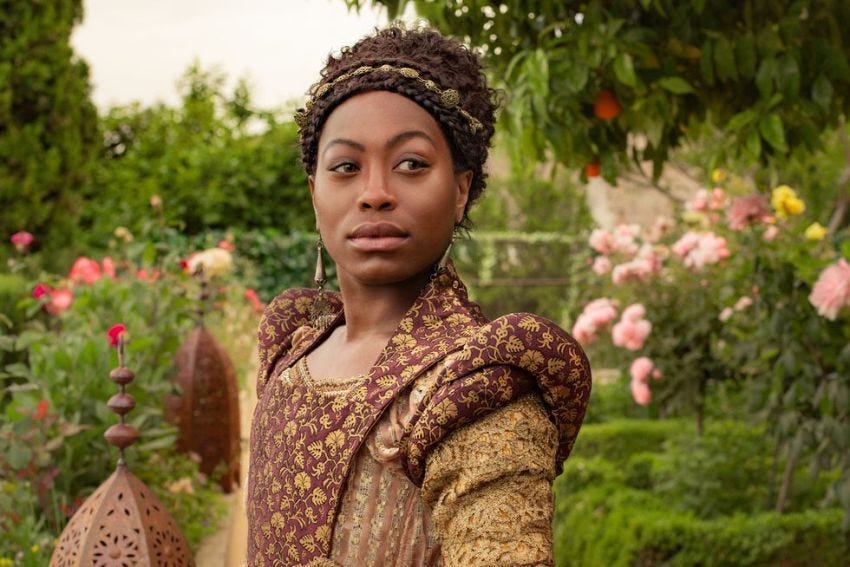"Fundamentally, humans respond to other humans": Interview with Lauren Johnson
We speak to Lauren Johnson - historian, author and heritage interpreter - about historical engagement, women’s history and her exciting summer project at the Tower of London
This week, we speak to Lauren Johnson - historian, author (The Shadow King: The Life and Death of Henry VI) and heritage interpreter - about historical engagement, women’s history and her exciting summer project at the Tower of London Trailblazers: Women at the Tower of London. Celebrating women with fascinating connections to the iconic fortress, the interactive project includes processions, performances and much more.
What advice would you give to anyone interested in historical engagement?
Think about all the ways that you can convey research to a public audience, then find the best way to tell your story – and be prepared to be a jack of all trades! In the past 15 years, I’ve done everything from academic-level historical research for books, articles and conferences; through consulting for immersive plays and games, directing and performing live interpretation events in heritage sites, chairing events and podcasts; to writing digital family trails and education sessions.
What I think I’ve learned is that fundamentally, humans respond to other humans, so making a connection with modern audiences is just about finding the humanity in History.
“…fundamentally, humans respond to other humans, so making a connection with modern audiences is just about finding the humanity in History.”
How much research goes into a project such as Trailblazers?
I feel like I’ve been researching this project since I started working in Heritage in 2009! Women’s History has always been my main interest, and every time I’ve come across the story of an intriguing woman in my research I’ve pocketed it for the future. For instance, whilst I was writing my biography of Margaret Beaufort (out next year) I came across this chance reference to a female blacksmith at the Tower in the Hundred Years War – it was totally irrelevant to Margaret, but I made a note and when Historic Royal Palaces and HistoryRiot commissioned this woman-focussed project I went back to find out more. It turns out there were lots of women in the metalworking industry in the C14th, of which this one was Katherine le Fevre, widow and mother of two smiths and in her own right Master Smith in the 1350s. By having the character of Katherine in this event, we can present a huge amount of wider social and gender context, and to my surprise this medieval smith has been one of the audience favourites!
Why does the Tower of London have such a grizzly history?
I think the uniqueness of its survival is partly why it’s retained this gruesome reputation. There are not many places still standing that have graffiti scratched into the walls by the hands of men and women whose stories we can trace in wider historical records. My PhD investigates English Catholics who fled to Europe in the C16th, and a fair number of them ended up back in the Tower, detained and mistreated before meeting horrible ends. To go into a space that imprisoned them and see marks of their existence – a foot, a hand, a name, a line of text – still scratched into the stone is incredibly powerful.

I’d add though, that there was a lot else going on in the Tower that we tend not to remember. It was a hugely significant ritual space: the first stop on a traditional tour that led monarchs to Westminster Abbey for their coronation. It was a place where knights were created, for queens as well as kings. And because it was a royal palace and storage centre – not to mention a mint – it employed enormous numbers of workers and their families. For lots of people it has always just been home and workplace.
Can you tell us about some of the ‘ordinary’ women who worked at the Tower?
Throughout the Tower’s history it has been a fascinating mix: a hub of industry (metalwork, trade, coin production, clothing storage) and also a weird royal institution where lions and tigers were kept as well as the Crown Jewels. So whilst women were working in the domestic sphere as servants, or homemaker for a husband’s trade, they occasionally burst onto the historical record in unexpected ways. In the 17th century a servant working in the Tower called Mary Jenkinson petted a lion and had her arm torn off! In Victorian times a sergeant’s wife had to lock herself in her house with her children and their dog because a wolf got loose. And when Colonel Blood and his gang tried to steal the Crown Jewels, they gained access by befriending the Edwards family who lived in the Martin Tower where the jewels were kept. The daughter of the family raised the alarm, which helped foil the plot.
Since the Tower has been a tourist site for a very long time, some of those tourists have amazing stories to tell. Phyllis Wheatley, for instance. She was an African American visitor to the Tower in 1772, who writes about seeing the menagerie and crown jewels. But she was also the first African-American author of a published work of poetry. I like to remind people today that by visiting, we have become part of the Tower’s History too.
Who was Catalina of Motril?
Catalina represents so many women connected to the Tower, because she pops into existence in the historical record for a pivotal moment, then disappears again. She was an enslaved woman from Motril in Granada who had probably been captured by the Spanish during the Reconquista, and became the bedchamber attendant of Catherine of Aragon. She came to England with Catherine when Catherine married into the Tudor royal family in 1501, and stayed for long enough that she was a witness to both of Catherine’s weddings: to Prince Arthur (who died suddenly in 1502) and his younger brother, Henry VIII. When Henry decided to end his marriage to Catherine, the question of whether Arthur and Catherine’s marriage had been consummated was suddenly of fundamental importance – and Catalina was sought as a witness by the Spanish authorities to testify about what she’d seen. As far as we know, she was never traced. Catalina seems to have actively sought retirement, marrying a crossbow-maker and returning to her homeland as a mother. But it’s quite possible more about her life will be revealed by further research in the Simancas archives in Spain.
Do you have a favourite Tower woman?
There are so, so many fascinating women whose lives intersected with the Tower, it’s really hard to choose. Some of the lesser explored women are Eleanor Cobham (accused of treasonable necromancy in the C15th and made to do a walk of shame, probably just because she was using image magic to have a child), Johanna Ferrour (who was accused of leading the mob that beheaded the Archbishop of Canterbury in the peasants revolt), Frances Howard (a Jacobean wronged woman who murdered an enemy with a jelly whilst he was imprisoned)… But it’s hard to beat Moira Cameron. She was the first woman Yeoman Warder, with all the challenges that brings. She has now retired. Having been lucky enough to spend some time with her when we crossed paths at the Tower over the years, you could not meet a kinder, more joyous, lovely human being. A true Trailblazer.
When we think of the Tower, we often think of Tudor and Medieval times, but there is an interesting Suffragette connection too. Can you tell us about that?
Another definite favourite of mine! Leonora Cohen was a Leeds-born milliner, social campaigner and suffragette who came to the Tower in 1913 and smashed the glass case holding the Crown Jewels. She explicitly said she did this as a statement against government mistreatment of women and the refusal of women’s right to vote, and then she defended herself in her trial and got off on a technicality. Leonora went on fighting for justice, and vegetarianism, her whole life, and died at 105. An extraordinary woman.
What can people expect from Trailblazers?
History coming to life, as five fascinating women linked to the Tower try to get their stories into the history books. An interactive, entertaining dash through a millennium with humour and a bit of silliness but a lot of respect. Definitely a corrective to anyone who imagines that women only came to the Tower to get their heads chopped off!
Have you visited the Tower of London? What is your favourite story about it the place?








Fascinating, I'd love to experience Lauren's work. Maybe she'll be back at the Tower in 2025...